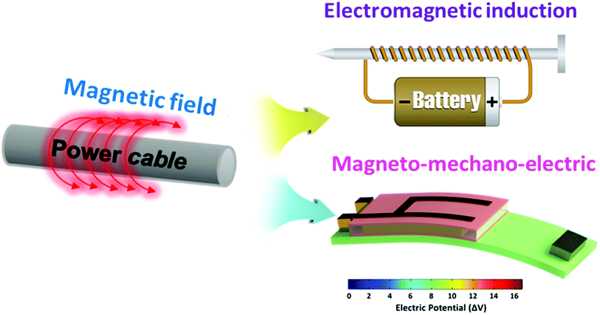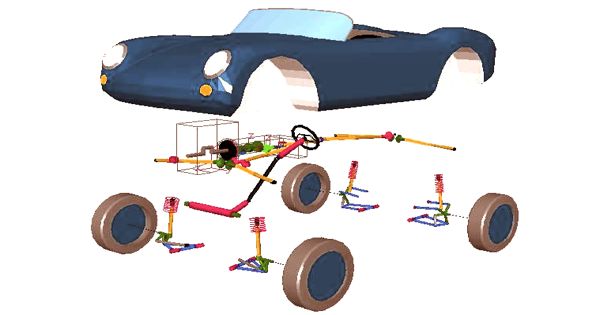A single-story home may have 100% of its warmth from a solar energy system during the coldest months of the year, while also benefiting the environment. The system might produce excess electricity throughout the summer that can be resold to the power grid.
Researchers from China and the United States describe a computer simulation model in the AIP Publishing journal Journal of Renewable and Sustainable Energy that addresses the problem of solar power’s inherent unpredictability by incorporating biomass as another renewable energy source to advance a dependable, affordable heating solution while lowering carbon dioxide emissions.
“We demonstrate how this hybrid system provides a cleaner, more energy-efficient heating solution than fossil fuel in single-family homes,” co-author Gaoyang Hou said.
“The system would be convenient in rural communities, where farms have large amounts of biomass in the form of agricultural waste that can be combined with solar power to close the urban-rural electricity gap and help the environment in the process.”
The suggested photovoltaic-thermal (PV/T) and biomass power source integration distributed multi-generation technology underpins the solar-biomass hybrid system.
We demonstrate how this hybrid system provides a cleaner, more energy-efficient heating solution than fossil fuel in single-family homes. The system would be convenient in rural communities, where farms have large amounts of biomass in the form of agricultural waste that can be combined with solar power to close the urban-rural electricity gap and help the environment in the process.
Gaoyang Hou
Renewable organic materials including corn husks, nut shells, wood pulp, and food and animal waste are used to make biomass. A PV/T system, which consists of PV panels and thermal collectors, is a new technology that more effectively transforms solar energy into heat and electricity.
Neighborhoods and industrial greenhouse farms have been the focus of studies on newly emerging decentralized hybrid systems. The heating requirements of a one-story hamlet from November to March in northwest China, where winter temperatures can drop below minus 20 degrees Celsius, were used by the researchers to evaluate their system (minus 4 degrees Fahrenheit).
The PV/T collector produced 52% of the electrical energy and 8% of the available thermal energy out of the total energy input. The remaining 40% of the electricity required to heat the house was produced by the biomass.
“For the entire heating season, solar power predominates the energy supply side, with the biomass energy generation kicking in when needed to make up the energy deficit,” co-author Lei Xu said.
They developed their simulation model using the modular thermal system program TRNSYS (short for transient system simulation tool), which is used to evaluate the effectiveness of thermal and electrical renewable energy systems.
A PV/T collector, heat pump, storage tank with an immersed coiled-tube heat exchanger, flow diverters, and a backup electric boiler were among the elements included in their simulation of a hybrid system.
To address the heating and cooling needs of a small commercial building, researchers are creating a solar-biomass system model. If successful, they intend to create a prototype for experimental testing.
















